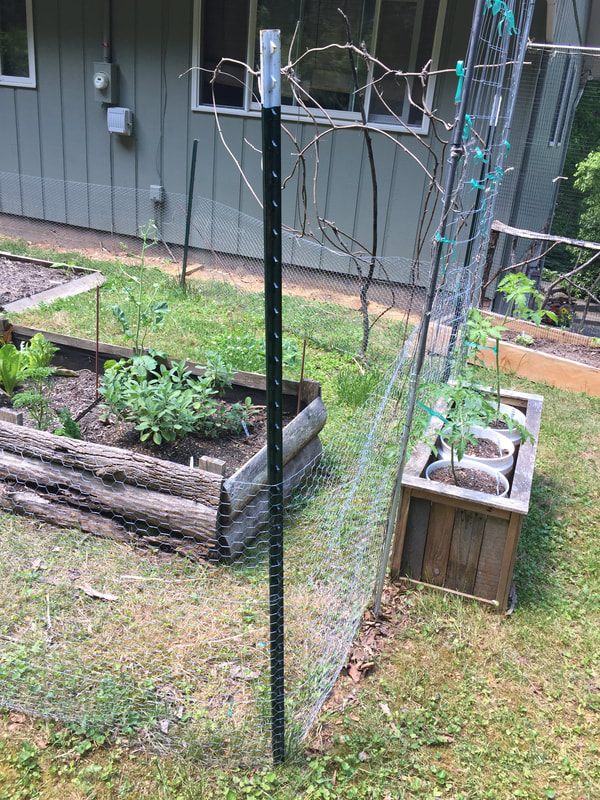|
Colleagues,
Happy Memorial Day! Are you recharging your batteries? I hope so. Today, do these three things:
That’s it. Do good and be well, Frederick
0 Comments
Colleagues, Okay, I’m not actually drowning. I’m not even near water right now. However, Pam and I have been talking about a “water feature.” A water feature is a generic term for something in your garden that involves water, like a fountain, pond, or waterfall. We have actually been talking about water features for years, but we always wanted a waterfall, and they are time-consuming and expensive to build. Recently we adjusted our thinking from a big waterfall to a small fountain made of some stacked stones. We talked about all of the different options and configurations and identified some possibilities. Later, as I began to look more closely at the designs, I realized that they would still be time-consuming and costly. It looked simpler than a big waterfall, and it wasn’t going to be quite as much money or effort, but it wasn’t going to be cheap and simple. On reflecting, I realize this pattern repeats itself in my life. I can’t do something big and complicated, so I scale it back, but in the end, it is still big and complicated. Just not quite so much as before. For this water feature we will take an A-B, MVP approach. We will think about what we really want, but then break it down into specific pieces that can stand alone, so we have something enjoyable each step of the way. It will be great! Oh, and by the way, email me if you have a friend with a backhoe =;^}
Do good and be well, Frederick Colleagues,
We are wired to understand. We want to connect one event to another and to know why something has happened (or hasn’t). In the absence of real information, we tend to make stuff up. It’s not that we are trying to fabricate lies or untruths, but our minds cannot accept that we don’t know why, so we theorize, conjecture, and… make stuff up. I had reached out to a friend recently and not heard anything back. I reached out again but still didn’t hear back. At that point, my mind started trying to figure out why. Were they sick? Maybe they were dying. Did I offend them? I can’t remember our last conversation, maybe I really made them angry. It is fine to try and understand, but one of my personal challenges is that I fill in the missing information with worst case scenarios, so when I don’t have complete information I start thinking negatively. What does this mean for leaders? Two things:
Even if all we can say is “I don’t know, I’ll get back to you” or “Crazy busy, will call later.” Minimal information is better than know information. Do good and be well, Frederick Colleagues,
Yesterday I shared how I need to put up a new fence for my garden and how that big fence was like Big Change. Today I’ll share how to apply the principles of leverage to take a more incremental approach:
Like all analogies, this is imperfect, but hopefully it is good enough (five bonus points if you tell me which principle of leverage I just used!) Do good and be well, Frederick Colleagues,
I’ve written before about fencing in my garden. Something had been digging in the beds. Initially I designed and built these fancy, nice looking mobile fences. They were expensive and time consuming to make and only surrounded a part of my garden. When I decided to fence the rest of the garden, I took an MVP (minimally viable product) approach. I bought some inexpensive T stakes and some chicken wire and surrounded the whole garden in less time than it had taken me to make the fancy fence. This year, the shape of my garden has changed, and Pam and I have mapped out the final, permanent boundaries of the garden. This, of course, means designing a new fence. This one will be permanent, so it represents a larger investment. In a sense, this fence is like Big Change in that it requires:
However, I will still use the principles of leverage to approach the job. More on that tomorrow. Do good and be well, Frederick |
Categories
All
Archives
July 2024
|






 RSS Feed
RSS Feed